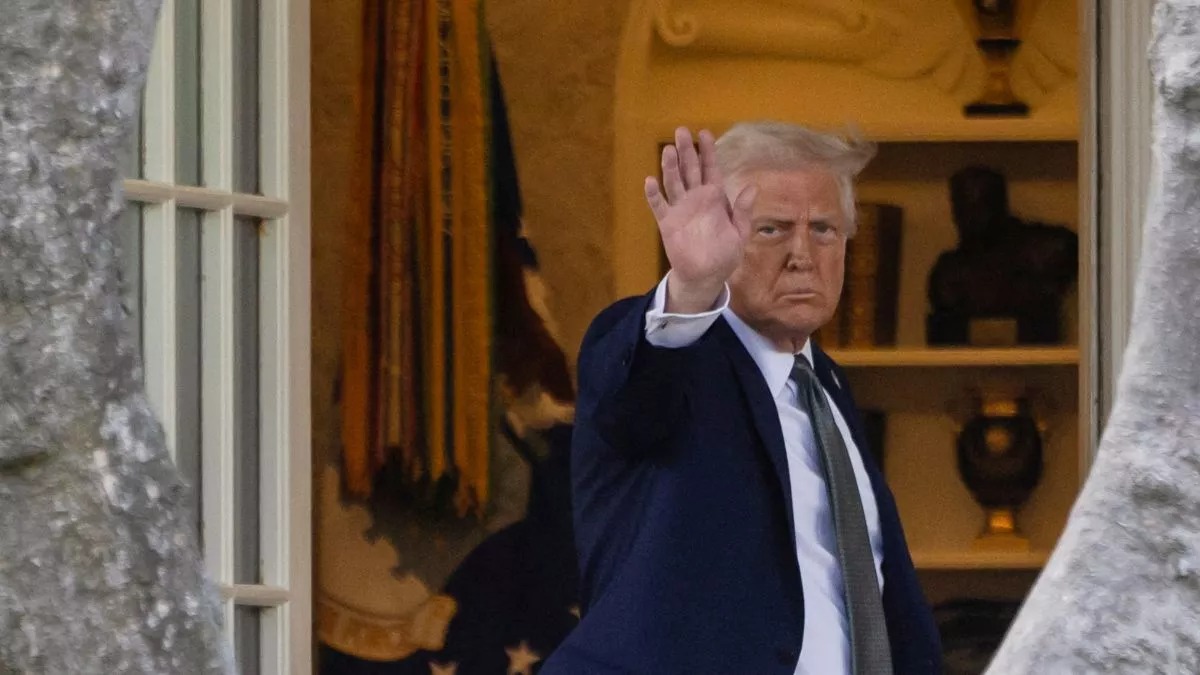
In a significant legal and political development, **US Chief Justice John Roberts has rejected former President Donald Trump’s call to impeach a judge who halted a controversial deportation order. The issue has raised questions about the balance of power between the executive branch and the judiciary.
Background of the Deportation Case
- The deportation case involved a controversial order, which sought to remove several individuals from the country.
- A federal judge intervened, ruling that the deportation would not proceed, arguing it violated certain legal rights.
- The ruling led to an outcry from the Trump administration, which led to the call for the judge’s impeachment.
Trump’s Demand to Impeach the Judge
- Trump, angered by the judge’s ruling, publicly demanded that the judge be impeached for blocking the deportation.
- He argued that the judiciary overstepped its bounds and that judicial interference in executive orders was unacceptable.
- This demand sparked legal debates about the limits of presidential power and the independence of the judiciary.
US Chief Justice’s Rejection
- Chief Justice John Roberts firmly rejected Trump’s demand, stating that impeaching a judge over a legal ruling is unconstitutional.
- He reinforced the separation of powers and the need for judicial independence to maintain a fair and balanced legal system.
- Legal experts praised the Chief Justice’s stance as essential to upholding the integrity of the judiciary.
Political Reactions and Public Debate
- Legal experts and advocates for judicial independence supported the Chief Justice’s decision, emphasizing the importance of checks and balances.
- Trump’s supporters, however, expressed frustration, claiming that judges should not impede executive actions.
- The debate has sparked broader discussions about executive authority, judicial oversight, and the constitutional role of judges.
Read More: YouTube bans reality show Love Island in Pakistan after controversy erupts
--Advertisement--

 Share
Share



